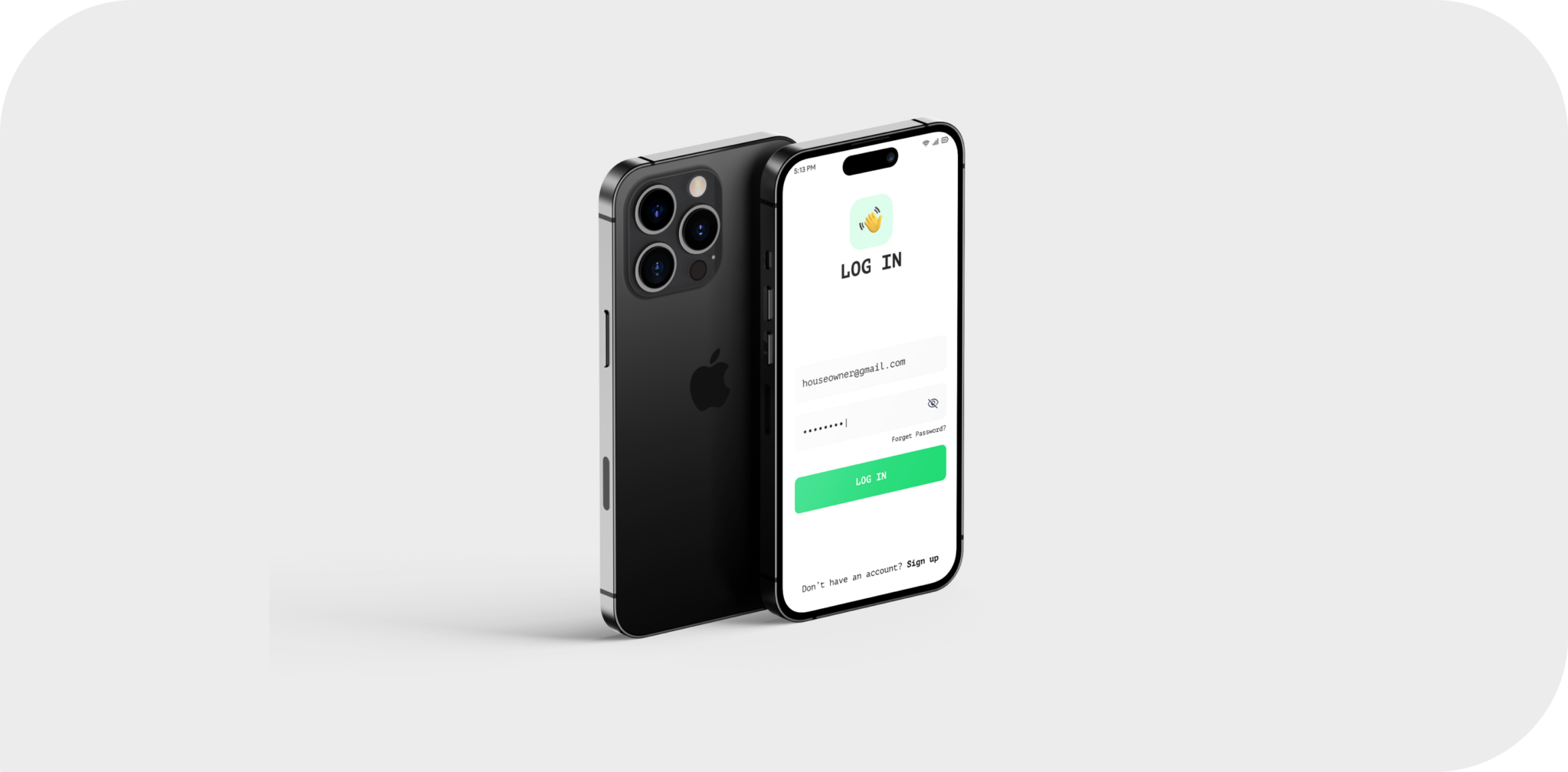Ascendas – Mobile App Fixes for a Housing and Payments Ecosystem
Addressing critical bugs and introducing essential updates across multiple apps to enhance performance and align with client goals

Project background
Overview
The client, a housing agency, manages several applications used for housing payments, property inspections, and payment reconciliation. These apps faced critical issues, ranging from performance degradation to incomplete implementations, which hindered their usability and reliability. Starting with a pressing need for mobile application fixes during the absence of an in-house developer, our collaboration grew to include a comprehensive review and updates across multiple legacy applications.
The project involved fixing urgent bugs, introducing multi-factor authentication, and ensuring compatibility with existing frameworks. Alongside these fixes, our developers also undertook feature development and modernization efforts for legacy systems.
Project goals
- Address immediate bugs in the Hap app to stabilize its authentication system.
- Modernize legacy systems and introduce new features where needed.
- Support property inspection and payment tracking with updated tools and integrations.
- Prepare apps for smoother long-term usage and easier future development.
- Mobileapp
- 4team members
- 2000+hours spent
- PropTechdomain
Challenges
- Hap app’s authentication system had critical bugs that made it unreliable for users.
- Legacy systems like Lighthouse, built on outdated frameworks, needed updates without breaking existing functionality.
- Some apps, like ascendas_mycoco, lacked sufficient access for thorough debugging, complicating the implementation of requested changes.
- A fragmented tech stack across apps created integration and compatibility challenges.

Our approach
Solution
To address the client’s immediate and long-term needs, we started mobile application fixes by stabilizing the Hap app, focusing on critical bugs and implementing multi-factor authentication. Simultaneously, we began reviewing legacy applications, prioritizing features and fixes that would bring the most value with minimal disruption.
For each app, we tailored our efforts to specific challenges, such as integrating modern tools like Google Maps in Vacancy and introducing layout adjustments to improve accessibility in ascendas_mycoco. To handle legacy systems like Lighthouse, we initiated migration processes to make them compatible with more current technologies, preparing them for future enhancements.
For the Hap app, we stabilized the existing codebase, implemented multi-factor authentication via SMS, delivered new features and improved profile management. In Vacancy, we introduced Google Maps integration to visualize properties and developed zoom-based loading for improved navigation. Lighthouse required deeper technical work, including efforts to migrate from Java 8 to 11 and resolve persistent Tomcat issues. Accessibility improvements were made to ascendas_mycoco based on audit recommendations, even within the constraints of limited code access.
Every update was carefully planned to align with the client’s operational needs and existing technical ecosystem.
Team
This collaborative approach allowed the team to tackle immediate needs while preparing the applications for smoother long-term operations.
Results
The Hap app became fully functional, with multi-factor authentication and additional features enhancing its usability. The Vacancy app benefited from Google Maps integration, simplifying property visualization and user interactions. Lighthouse, while still requiring further updates, saw significant improvements in its deployment and configuration processes. Accessibility changes in ascendas_mycoco brought it closer to compliance, improving its layout for users.
The overall collaboration stabilized critical systems, added meaningful features, and laid the groundwork for smoother future enhancements. By addressing both immediate issues and underlying technical challenges, we helped the client’s ecosystem perform more reliably.
Tools and tech stack
More Projects

- gambling
- mobileapp
- reactnative

- cybersecurity
- dotnet
- staffaugmentation



